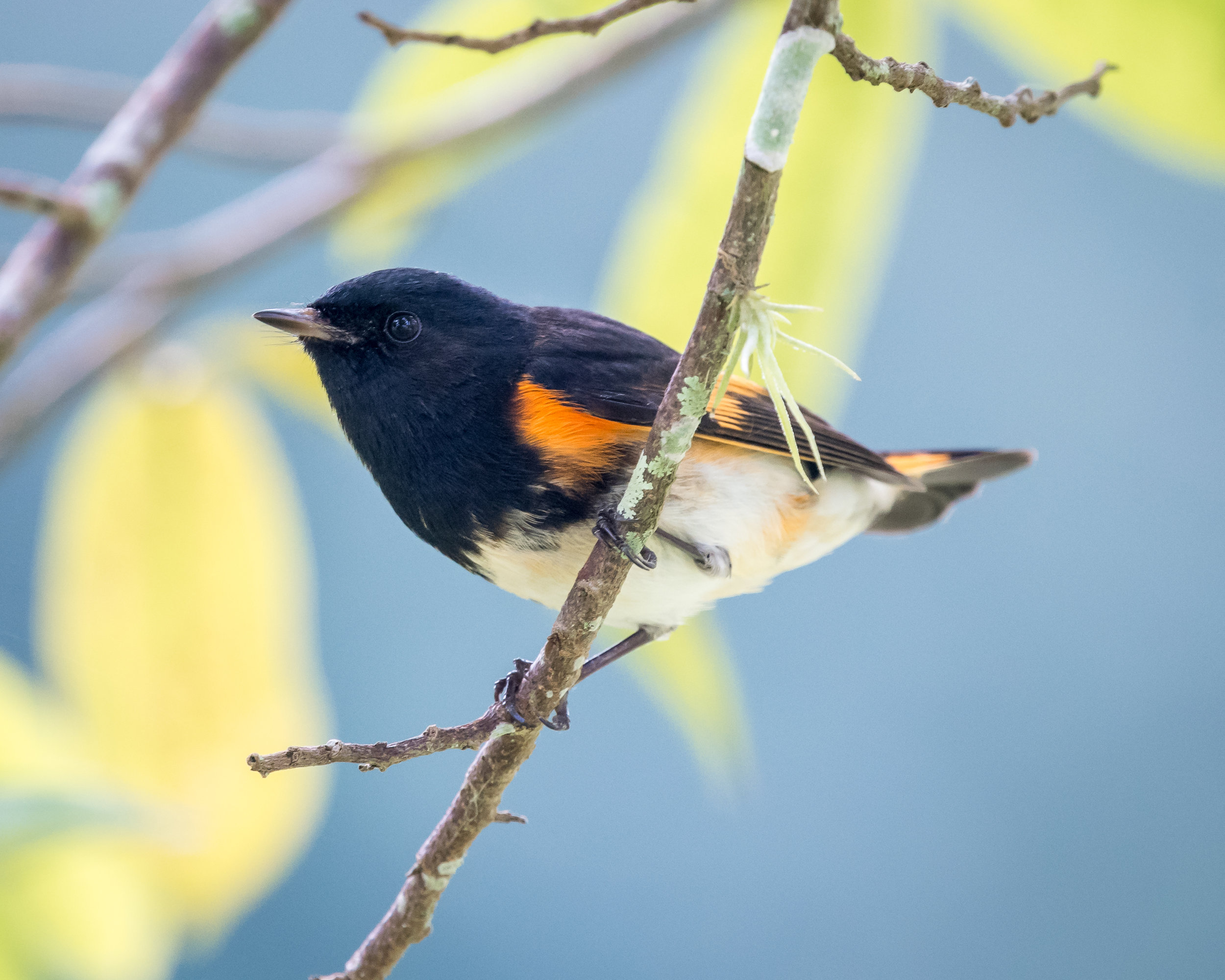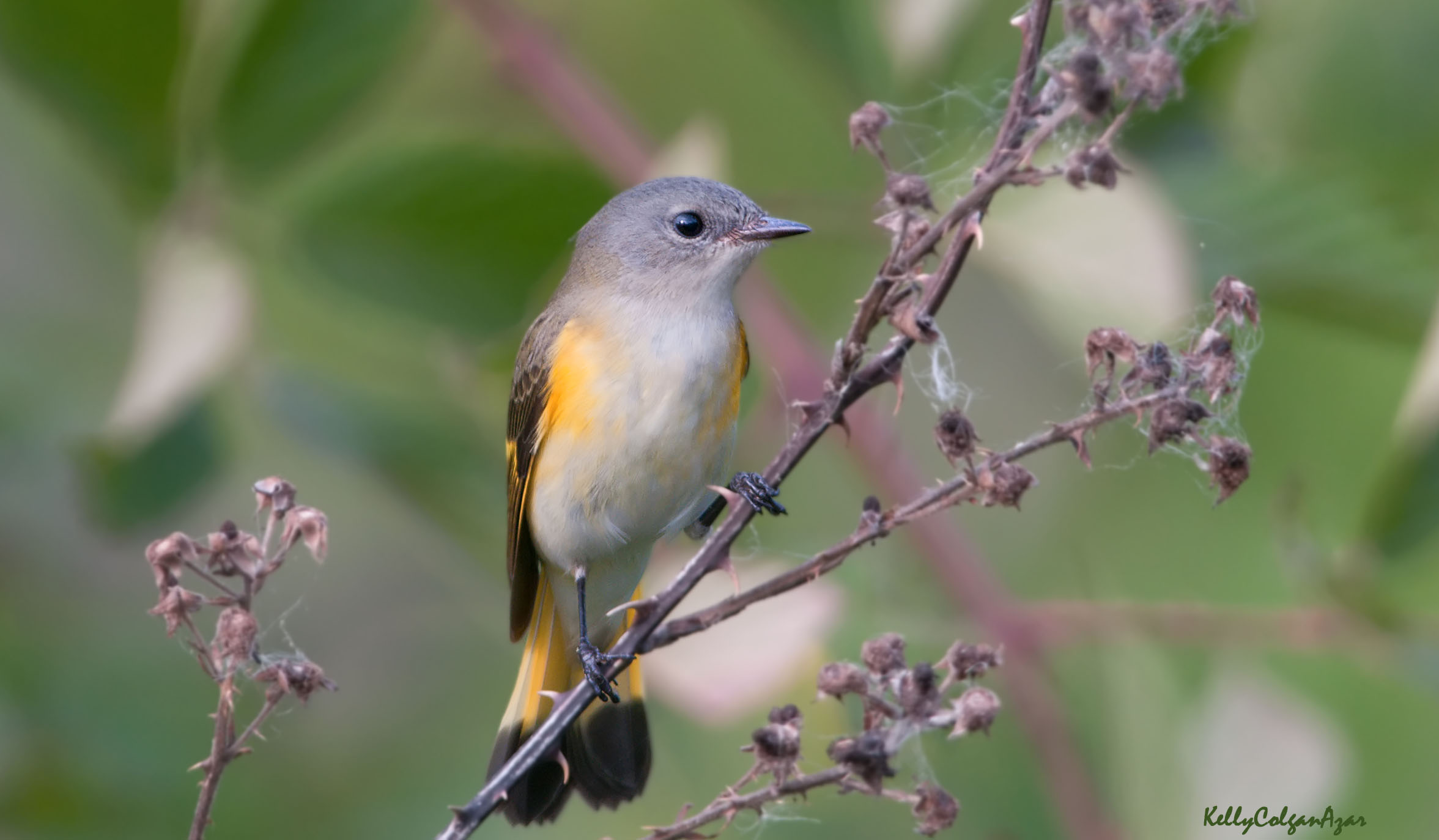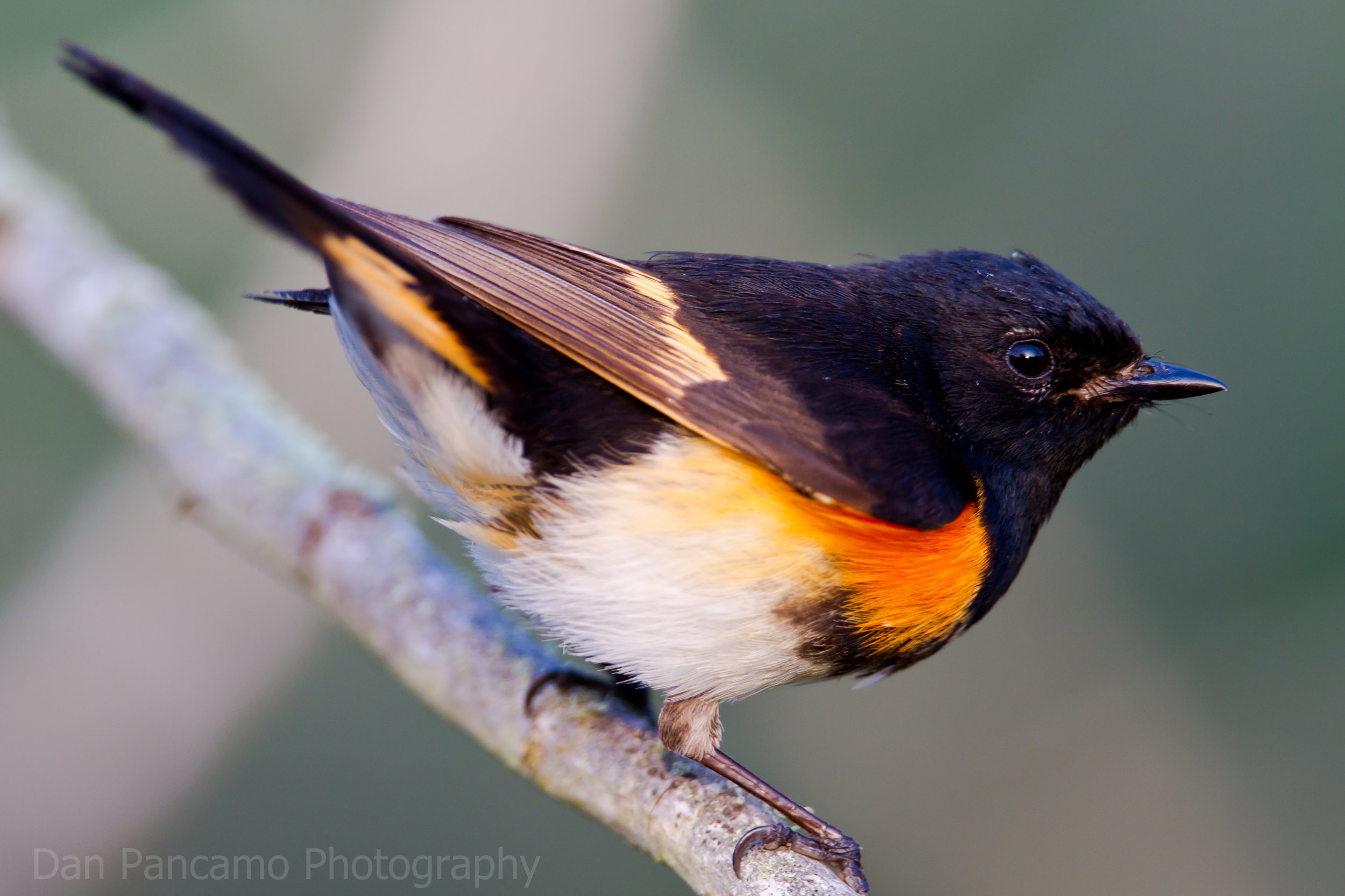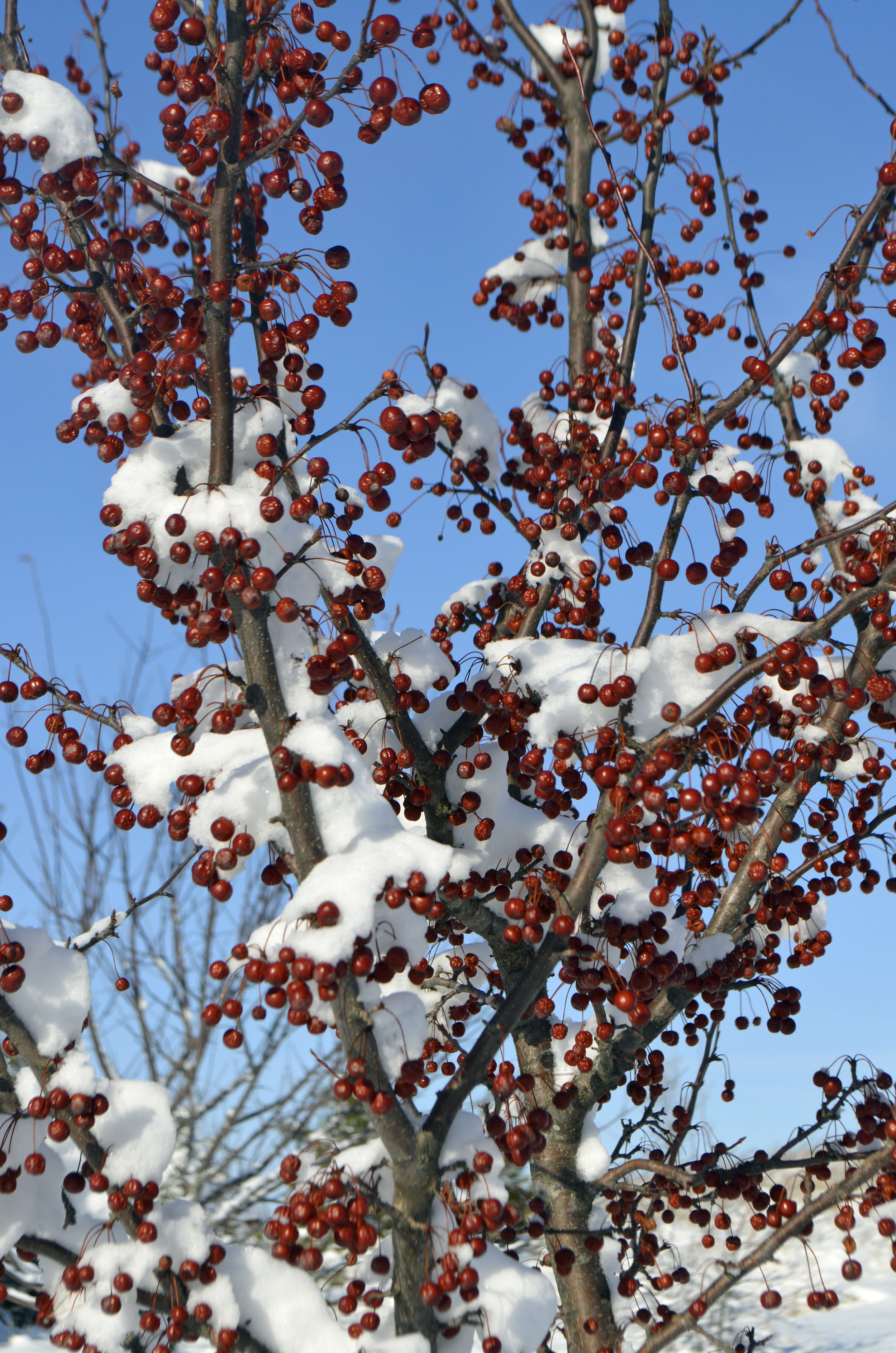We spent an enjoyable Mother’s Day participating on the Natural Resource Foundation’s Great Wisconsin Birdathon, listing the birds we found and thinking of how our mothers would have loved being part of our Reckless Wrens team consisting of Mark Martin, Sue Foote-Martin, and Jim Shurts. We split up for part of the day between different birding hotspots in order to cover as much quality habitat in Columbia County as possible. In the end, we found 122 species, a record for the Reckless Wrens.
Rose-breasted grosbeak, photo by Mark Moschell
Sue surveyed the Martins' Wildland property near Rio and found 29 species in the 160-acre wetland, prairie, and savanna habitats. Madison Audubon Society holds a conservation easement at Wildland. The feeders were crowded with ruby-throated hummingbirds, Baltimore orioles, rose-breasted grosbeaks, and American goldfinches. Highlights included a pair of trumpeter swans, a prothonotary warbler, and pine siskins. We hope to confirm nesting pine siskins as a first for the Breeding Bird Atlas II in Columbia County.
Sue also found six species of woodpeckers including a red-headed woodpecker in the savanna restoration. Other good finds were the great egret, Wilson’s snipe, black-throated green warbler, orchard oriole, and purple finch.
Mark and Jim surveyed Goose Pond and Otsego Marsh. Goose Pond Sanctuary was unbelievable! Sixty species were found including 14 species of waterfowl. Waterfowl highlights include a greater white-fronted goose, gadwalls, northern shovelers, northern pintails, green-winged teal, redheads, lesser scaup, buffleheads, a female hooded merganser, and ruddy ducks.
Jim found what at first he thought to be a female canvasback. The duck was all brown, had a sloping forehead, and as it was swimming with a “purpose”, it appeared tapered in the rear. Mark had a good look at the bird just when Jim interrupted, “A shorebird just landed in the water!” Forgetting about the duck we had a great look at a male Wilson’s phalarope. Males are dully colored since they incubate the eggs. We could not relocate the unknown duck but from our observations we believe it was a scoter - species unknown.
Wilson's phalarope, photo by Becky Matsubara
The highlight of the day was seeing two shorebirds in the distance land in the east pond wetlands. They were black on top and white on the bottom. We had permission and walked to the far edge of the Manthe farm, where we were rewarded with observing a pair of black-necked stilts, an uncommon bird in Wisconsin.
Black-necked stilts, photo by Arlene Koziol
Also found at Goose Pond where horned grebe, American bittern, sora, dunlins, and short-billed dowitchers.
American bittern, photo by Arlene Koziol
Otsego Marsh was also very productive where we found 39 species. We hiked the trail and began with a female rose-breasted grosbeak carrying nesting material. We found nine of our 11 warbler species at Otsego Marsh including 10 Magnolia, 4 black-and-white, and 2 blackburnian warblers. The highlight was the two male scarlet tanagers that landed close to us. On the water we found four nests and 3 families of Canada geese along with an adult bald eagle and 10 double-crested cormorants.
Scarlet tanager, photo by Kelly Colgan Azar
The three of us checked out Erstad Prairie and Schoeneberg Marsh Waterfowl Production Area, where we found a flock of seven female hooded mergansers, a pair of red-necked grebes, and yellow-headed blackbirds.
In the county we also added American white pelican, common gallinule, black tern, and Eurasian collared-dove.
Goose Pond in spring is full of life. Photo by Arlene Koziol
It was a very rewarding day to see the results of Madison Audubon Society’s acquisition and restoration efforts. Many birds greatly benefit from the habitat provided.
The Great Wisconsin Birdathon raises funds to support the Bird Protection Fund. Funds raised by the Reckless Wrens are split 50/50 between Madison Audubon and the Bird Protection Fund. (Prior to retirement from the DNR, Sue served on the committee that established the Bird Protection Fund that provides funding for important bird conservation projects. Jim serves on the Great Wisconsin Birdathon planning committee.) If you would like to donate to the Reckless Wrens it is not too late. Ten cents per species would be a donation of $12.20 or you can make a donation of any amount to our team. Thank you for your support!
Written by Mark Martin and Sue Foote-Martin, Goose Pond Sanctuary resident managers, and Jim Shurts, MAS board member and sanctuaries chair


































